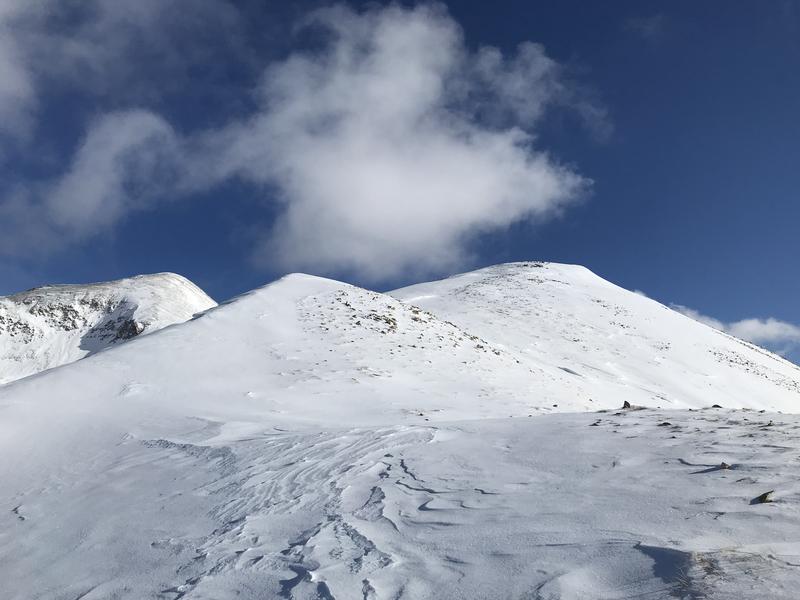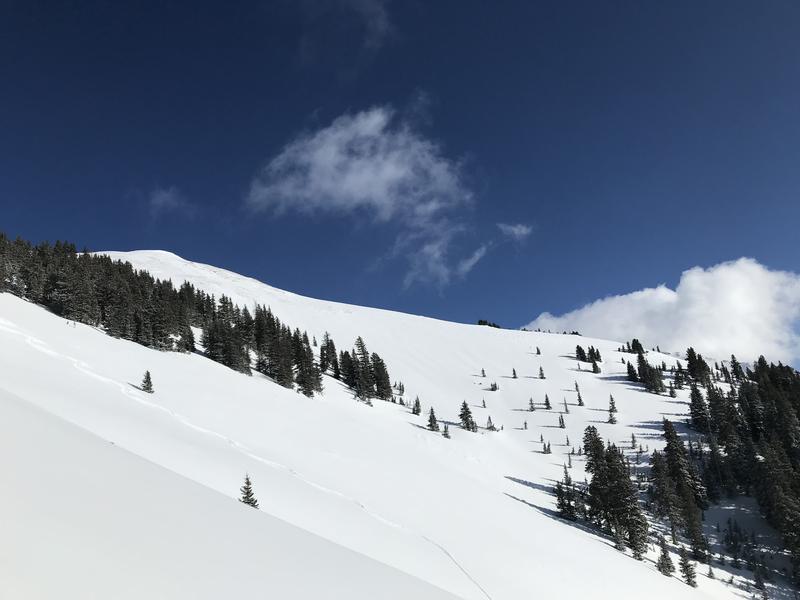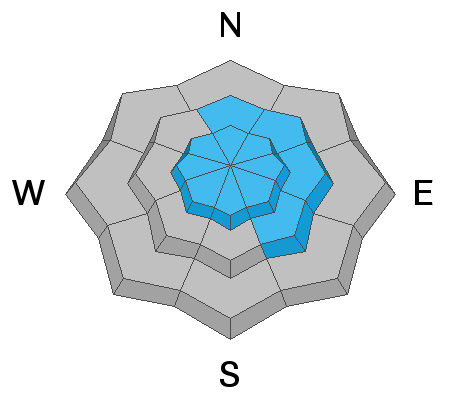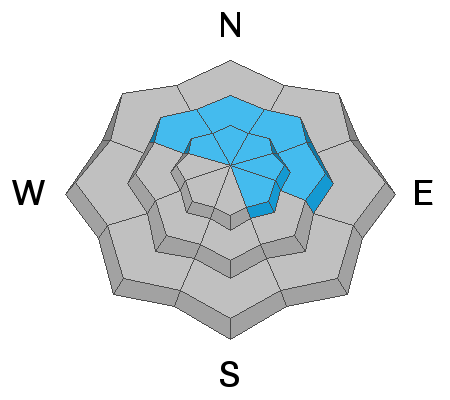Forecast for the Moab Area Mountains

Issued by Eric Trenbeath on
Wednesday morning, February 5, 2020
Wednesday morning, February 5, 2020
Today there is a MODERATE danger for human triggered avalanches involving recent deposits of wind drifted snow. That said, there are many steep, wind drifted slopes out there that I would consider a no-go right now. The danger is greatest on upper elevation slopes facing N-NE-E but any wind loaded slope should be considered suspect. NW winds today may also form some sensitive new drifts on southerly aspects. Choose terrain carefully and avoid steep slopes with recent deposits of wind drifted snow.
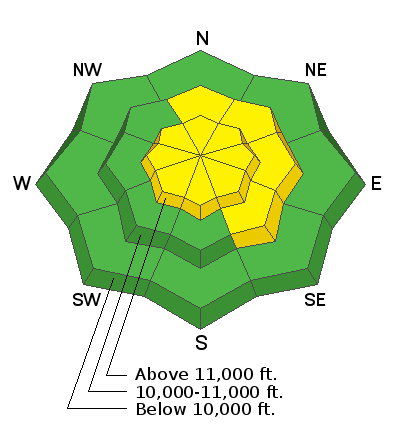
Low
Moderate
Considerable
High
Extreme
Learn how to read the forecast here


